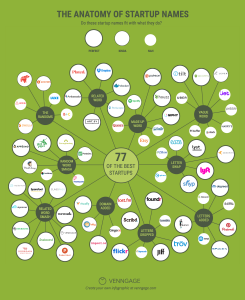I work a lot in the market research and insight industry; a lot of Rippleout thinking is inspired by insight, and how research can lead to more effective marketing in terms of return on investment.
One of the key trends, especially within big business, over the last few years has been to measure something called Net Promoter Score, or NPS.

Net Promoter Score Can Be A Useful Tool For Measuring Customer Sentiment At A Macro Level
Whilst there are several excellent papers out there about NPS which will discuss in detail the pros and cons, the methodologies, and the dos and don’ts, there still seems to be a lack of small businesses adopting the measure.
So what is NPS?
In short, NPS measures the ratio of customers who would recommend your product or service as compared to those who would not, and those who would detract from it. The score, which is delivered in a single figure, is a favorite of CEOs for its simplicity, and is also a fairly good measure of your overall proposition as well as being easy to calculate.
Indeed, to find your NPS, you need simply ask customers, on a scale of 1-10, how likely would you be to recommend “this brand” to a friend or family member. Subtract the percentage of those who say 1-6 from those who say 9-10 and you have your figure (and yes, it can be negative). 7-8 don’t count – they’re in the middle, unlikely to recommend or actively complain about your brand to others. Whilst you do the maths with percentages, the NPS figure is given as a number (not a percentage).
So, if 20% of customers responded with a 1-6, and 35% of customers responded with a 9-10 rating, your NPS would be 15.
So how is this useful?
NPS can be a useful metric for small business at a macro level. It can tell you you need to improve…somewhere. However, with only a single question, it can often be hard to understand where the priority for improvement lies.
As such, you might want to consider asking a simple “why” question as a follow up to the likelihood to recommend; whilst you may have a little to wade through in terms of text, the insights might be invaluable for improving elements of your business and customer service proposition.
(237)




